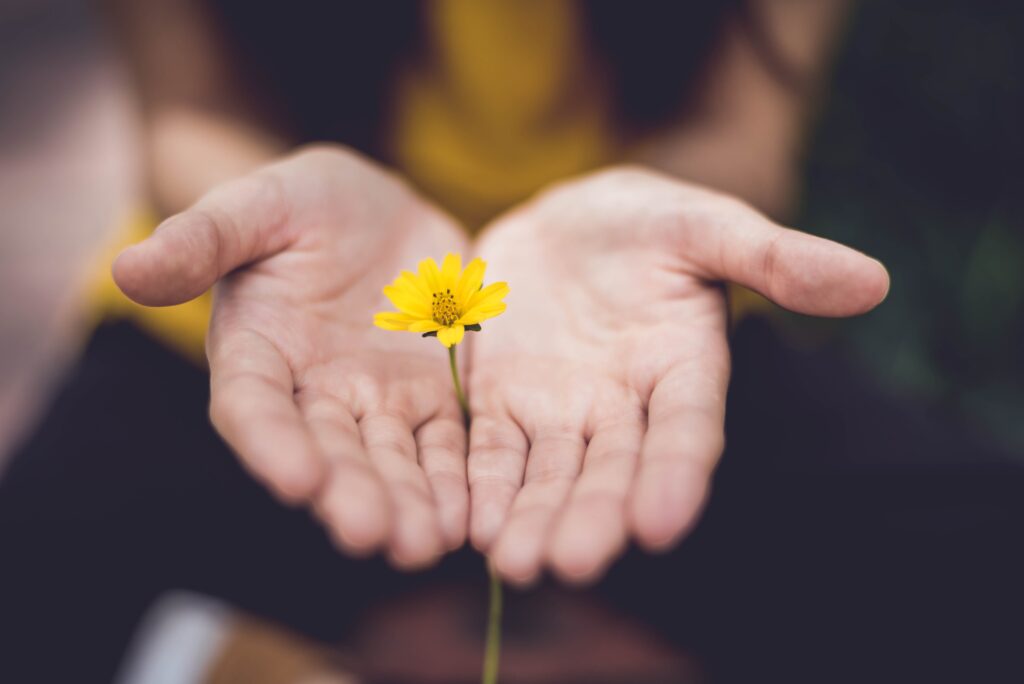
8 steps to healing from your childhood trauma.
Table of Contents
The process of healing from your childhood trauma is not a one-size-fits-all process, but there are several key components in the healing process for each person. Below are eight steps on how to heal from your childhood trauma. Each step is essential in your healing process.
Healing from your childhood trauma: Find the right therapist.

The first step is to find the right trauma therapist. Not every mental health therapist is trained in trauma work, so it is important that you read their biographies. Some keywords you can look for are: trauma specialist, eye movement desensitization and reprocessing (EMDR) therapy, trauma focused cognitive behavioral therapy (TF-CBT), and cognitive processing therapy (CPT). This is not an exhaustive list. There may be great trauma therapists that have other trainings not listed, but these are strong indicators that a therapist has training and experience working with trauma.
Healing from your childhood trauma: Build a relationship with your therapist.
The second step is to build a relationship with your therapist. Trauma destroys your trust in others and shuts down your willingness to be open and vulnerable. It is crucial that you build a relationship with your therapist because trust and vulnerability are vital in your healing process. If you are finding it hard to connect with your therapist, then find a new one. The relationship is the foundation of it all. You must have a strong foundation to build on it.
Healing from your childhood trauma: Build your support network.

The third step is to build your support network. You will need support from friends and family that you can trust. Healing from your trauma is no easy task and not one you should face alone. Your therapist cannot be available all the time, so you need trusted friends and family that you can call on in times of need.
Healing from your childhood trauma: Develop grounding tools and coping skills.
The fourth step is to develop grounding tools and coping skills. Trauma work means revisiting your past and processing through your traumatic experiences. Memories and emotions will resurface, but healing will only take place if you feel safe and are able to regulate your emotions. Dysregulation and not feeling safe only reinforces the beliefs created from your trauma. Medical News Today shares more on why grounding techniques work.
Healing from your childhood trauma: Embrace self-compassion.
The fifth step is to embrace self-compassion. Often trauma leads you to blaming yourself. “I should have known better.” “I should have left sooner.” “I deserved it because I made them mad.” Blaming yourself is a major roadblock in healing from your trauma. You cannot heal from your trauma if you are blaming yourself for things that were not your fault or things that were out of your control. I talk more about self-compassion here.
Healing from your childhood trauma: Process your trauma.

The sixth step is processing through your trauma. This is where the tough work comes in. Processing through your traumas will look different depending on the type of therapy. You may talk through your trauma with your therapist, you may write out your experiences in a narrative form, or you may reprocess your memories using bilateral stimulation with EMDR therapy. If you want to learn more about EMDR therapy, you can read about it here. Some therapists may do somatic work as our bodies often hold onto our trauma. Other therapists may use art therapy as a means of processing. There are several different options out there. Find the one that is right for you.
Healing from your childhood trauma: Grieve your childhood.
The seventh step is to grieve the innocence lost in your childhood. Childhood trauma robs you of the carefree and fun childhood you deserved. Grieving what was lost is essential in your healing process. Acknowledge what you lost because of what happened to you. Recognize it was not your fault and not fair that you lost so much because of it.
Healing from your childhood trauma: Understand the impact your trauma has.

The eighth and final step is to understand the impact your childhood trauma has on your present and future. Trauma does not always stay in the past. It has lingering effects throughout your life. Healing will help reduce the negative impacts your childhood trauma has, but beliefs about yourself and the world will to some degree still be influenced by your past trauma. Maybe it means you don’t walk alone at night, or you have boundaries around certain levels of intimacy with your spouse. These are boundaries for your safety due to your past trauma.
The healing process is tough, but so are you! You are worth putting the effort in to heal from and overcome your past. I am here to help if you are ready to start your healing journey.
